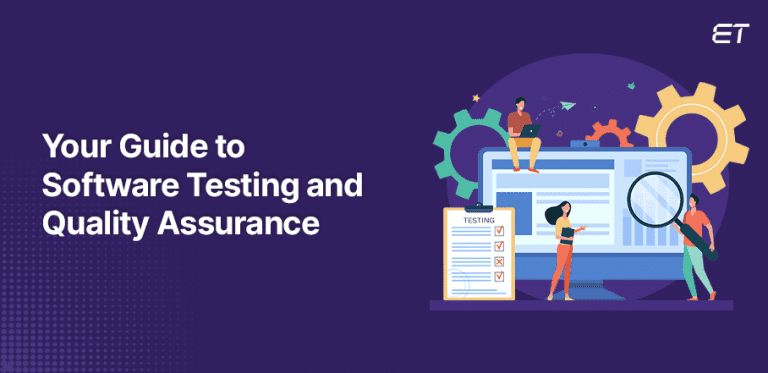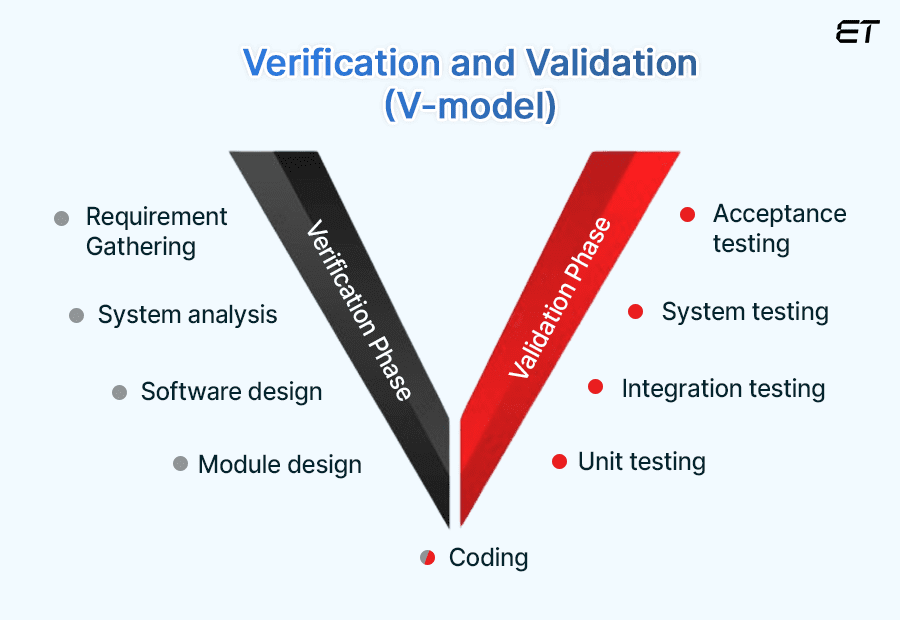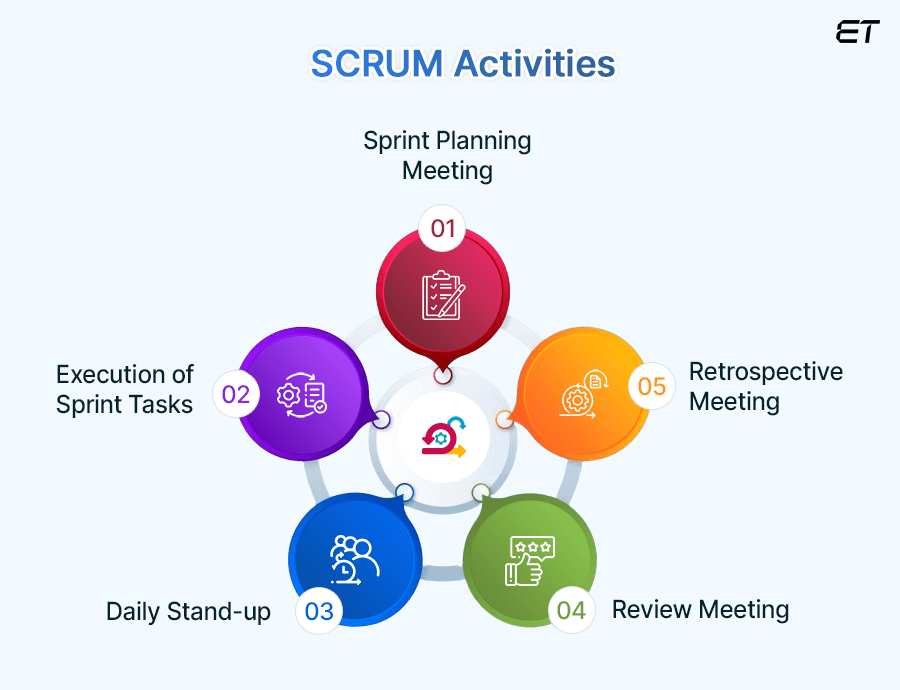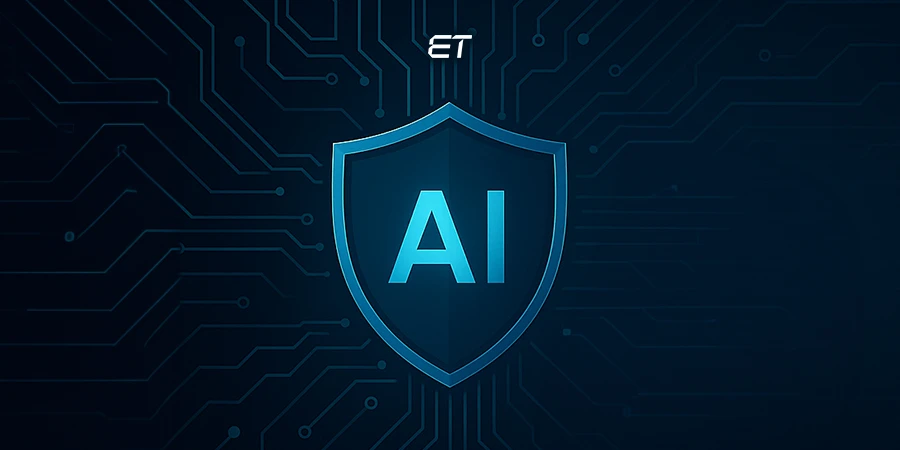
How We Test Software at eLuminous Technologies?
As a business striving for excellence, it’s necessary to partner with a software testing and quality assurance (QA) company that supports you through every phase of your project. An ideal partner should have a comprehensive QA process that ensures your software functions and is secure, efficient, and user-friendly.
Effective Software testing and QA are crucial for building solid client-vendor relationships by consistently delivering high-quality products and services.
This blog explores the significance, testing, and methodologies of software testing and quality assurance. Learn how eLuminous guarantees the success of your software projects. Continue reading to understand the vital role of QA in delivering software solutions.

Want to learn more about our software testing and quality assurance projects? Software Testing & QA Services to explore!
What is Software Testing and Quality Assurance (QA)?

The QA team plays a vital role in project quality for any IT organization. We know client satisfaction depends on product quality. Quality assurance is the process of evaluating a system by applying proper testing procedures to provide confidence in achieving an appropriate level of quality. Quality Assurance helps the software development team recognize problems early by performing rigorous testing, guaranteeing a high-quality product to the end user.
Quality Assurance starts with the Requirement Analysis phase. The QA and developer teams work together to understand and analyze requirements. From this phase, the QA team develops a Test plan and writes test cases. The QA team aims to prevent bugs as early as possible in the development life cycle, which helps reduce the cost of fixing defects.
At eLuminous Technologies, the QA team is pivotal in maintaining high performance, security, and user experience standards. They adhere to comprehensive QA processes designed to execute test plans and initiate testing for any new build. These well-defined processes are crucial for ensuring the timely and high-quality delivery of software products. By systematically identifying and addressing potential issues early in the development cycle, the team significantly contributes to greater customer satisfaction and trust.

Get tips for efficient optimization of your QA process and improve your business application.
Significance of Software Testing and Quality Assurance (QA)

Software Testing and Quality Assurance (QA) services are essential for any IT organization, ensuring the delivery of top-quality software products and systems. Here are several critical reasons for their importance:
Ensuring Functionality and Performance
Correctness: Testing verifies that the software functions as intended and meets all specified requirements. This includes validating all features and functionalities to ensure they work seamlessly.
Performance: QA services help ensure the software performs well under expected and stressful conditions, avoiding issues like slow response times or crashes. This is crucial for maintaining a smooth user experience and operational efficiency.
Enhancing Security
Vulnerability Detection: Regular testing identifies security vulnerabilities that attackers could exploit, protecting sensitive data and maintaining user trust. This involves thorough security assessments and penetration testing to uncover and mitigate risks.
Compliance: QA helps ensure that the software complies with relevant security standards and regulations, such as GDPR, HIPAA, or PCI DSS, which is essential for legal and operational compliance.
Improving User Experience
Usability Testing: QA processes involve testing the user interface and overall user experience, ensuring the software is intuitive and user-friendly. This helps identify usability issues and make necessary improvements to enhance user satisfaction.
Bug-Free Experience: Identifying and fixing bugs before release enhances user satisfaction and reduces the likelihood of users encountering issues. This leads to a more reliable and enjoyable user experience.
Cost Savings
Early Detection: Finding and fixing defects early in the development cycle is less costly than addressing them after deployment. Early testing helps identify issues at the initial stages, saving significant time and resources.
Reduced Maintenance: High-quality software requires less maintenance and fewer patches, saving time and resources in the long run. This results in a lower total cost of ownership (TCO) and improved return on investment (ROI).
Maintaining Reputation and Customer Trust
Reliability: Consistently delivering reliable software helps build and maintain a positive reputation for the organization. A reliable software product enhances the company’s credibility and market position.
Customer Satisfaction: High-quality software leads to satisfied customers who are more likely to trust the company and continue using its products, increasing customer loyalty and retention.

Theft of your business data can lead to significant losses and impact your credibility. To prevent that from happening, using quality code is important. Explore Code Audit to learn more about it and its importance in safeguarding your business.
Testing Approaches at eLuminous

We have implemented a variety of test approaches to ensure the highest quality and performance of our software products. Here’s an in-depth look at each type of testing we performed:
Functional Testing
Functional testing is a crucial aspect of our QA process. It involves verifying that each function of the software application operates in conformance with the required specifications. This type of testing focuses on the user interface, APIs, databases, security, client/server applications, and software functionality. We use tools like Postman for API testing. We ensure that the software behaves as expected under various scenarios by executing test cases that mimic the end-user behavior.
Key Benefits
- Detects issues related to the system’s functionality.
- Enhances user satisfaction by delivering expected functionalities.
- Validates the software against the business requirements.
UI & UX Testing
We perform User Interface (UI) and User Experience (UX) testing to ensure the software is functional, user-friendly, and aesthetically pleasing. We evaluate the application’s visual elements through testing to ensure they meet the design specifications and provide a positive user experience.
Key Benefits
- The software is intuitive and easy to use.
- Identifies usability issues.
- Enhances the overall user satisfaction.
- Improved interface and interaction design.
Integration Testing
Integration testing focuses on verifying the interaction between different software modules or services. We thoroughly ensure that integrated components work together as expected. This approach helps identify issues that might occur when individual units are combined, ensuring smooth interaction and data flow between modules.
Key Benefits
- Detects interface errors.
- Improves communication between modules.
- Ensures correct functioning of the integrated components.
Regression Testing
Through regression testing, we ensure that new code changes do not adversely affect your software’s existing functionalities. This involves re-running previously completed tests to verify that the latest changes make the existing functionalities work as intended. We leverage tools like Selenium and Appium for regression testing.
Key Benefits
- Maintains the stability of the software.
- Ensures new bugs are not introduced after new updates.
- Verifies that recent code changes have kept existing functionalities intact.
Performance Testing
We do performance testing to evaluate the speed, responsiveness, and stability of software under a particular workload, such as JMeter. This assists us in identifying performance bottlenecks and ensuring that the software can handle the expected load.
Key Benefits
- Ensures optimal performance under expected and peak load conditions.
- Identifies performance bottlenecks.
- Improves user experience by ensuring smooth and efficient operation.
Security Testing
Security testing enables us to ensure that the software is protected against potential threats and vulnerabilities. This involves identifying security loopholes in the software and safeguarding the data and resources from possible attacks. We use reliable tools like OWASP ZAP and Burp Suite for security testing.
Key Benefits
- Protects sensitive data.
- Ensures compliance with security regulations.
- Build user trust by delivering secure software solutions.
Acceptance Testing
This is the final stage of testing, which we conduct to determine whether the software is ready for release. It involves verifying that the software meets the acceptance criteria and is ready for delivery to the end-user.
Key Benefits
- Validates the software against user requirements.
- Ensures that the software is ready for deployment.
- Provides confidence that the software will deliver the intended business value.

What are the top 10 automated testing tools for web applications?
Methodologies We Follow at eLuminous
Now that you know about our software testing approach, let’s move on to understanding our methodologies.
We employ various QA testing methodologies tailored to your requirements to ensure you have robust and reliable software solutions. Below are the elaborated methodologies for your comprehensive understanding:
1. Verification and Validation Methodology (V-model)
The Verification and validation (V&V) model is a sequential development process emphasizing parallel development and testing. The V-model maps the development to corresponding testing phases, ensuring thorough verification and validation at each stage.
How We Perform Testing in V&V Model
We run verification and validation processes concurrently, aligning with each development phase. The testing activities begin early in the lifecycle, reducing the risk of defects and ensuring that each phase meets its specific requirements before progressing to the next. We use tools like Jira, Mantis, and Bugzilla to track defects.
The below image depicts our verification and validation cycle for your software development:

To understand this thoroughly, let’s look at the key activities of each process separately.
Key Activities in Verification
- Checking Product Alignment
In this process, we often precisely check for product alignment to ensure that the development process is on track to deliver the right product.
- Static Testing
We conduct static testing to identify defects early before the software is fully developed.
- Verification Methods
We conduct inspections, reviews, and walkthroughs to validate your requirements, design documentation, and code.
- Quality Assurance
To ensure that quality is maintained throughout, as per your expectations, we plan and write test cases, design mock-ups, and prototypes based on the requirement documents. This assists us in meeting all your specifications.
Key Activities in Validation
- Product Validation
We use product validation methods to confirm that the developed product meets your requirements and functions correctly before we move ahead with it.
- Dynamic Testing
Dynamic testing is performed once the software is all developed to ensure it operates as intended.
- Validation Testing Types
We use various validation testing types, including unit, module, integration, system, and user acceptance testing, to verify that all the components and systems are working together seamlessly.
- Quality Control
We also check on quality concerns, which focus on identifying and fixing defects in the final product to ensure it meets the required standards.

Did you know quality control and quality assurance are two different aspects? Exlpore our blog on Quality Control vs Quality Assurance to discover now!
Agile Methodology – Scrum Model
The Agile methodology, particularly the Scrum model, is an iterative and incremental approach to software development. It emphasizes flexibility, customer collaboration, and rapid delivery of high-quality software.
How We Perform Testing in the Scrum Model
We perform testing throughout the sprint cycle in the Scrum model. To ensure transparency and clear communication within this model, we leverage project management tools like Trello, Asana, and Kanban. The below section discusses our Scrum methodology in detail. However, before we move forward to that, let’s first take a visual look at the process:

Key Activities in Scrum Methodology
- Planning Meeting
We kickstart the sprint by planning the upcoming tasks together with the entire Scrum team. There’s a Scrum Master who defines and selects high-priority user stories from the product backlog and sets clear objectives for the sprint.
- Daily Standup
There is a daily brief meeting to maintain team alignment and address any roadblocks. The discussions that go into this meeting are something like this: What did the team members do yesterday? What does the team plan to do today? Are there any impediments?
This helps us clarify and maintain seamless operations throughout the project.
- Execution of Sprint Tasks
The Scrum team works on their tasks, progressing the user stories from the backlog to the “Done” state. This ensures that each task is completed within the sprint cycle and meets the predefined quality standards.
- Review Meeting
Review meetings are held at the end of each sprint cycle. Our Scrum team demonstrates the implemented user stories to you (the product owner), showcasing the completed work.
- Retrospective Meeting
We hold retrospective meetings to reflect on the sprint, discuss the best practices and challenges faced during the development process, and identify areas for improvement. The discussion in this meeting goes something like: What went well during the sprint? What didn’t go well in the sprint? We then discuss lessons learned and actionable items for future sprints.

Wrapping Up!
Effective software testing and quality assurance (QA) are not just about finding and fixing bugs—they are essential for the overall success of your project.
At eLuminous Technologies, our comprehensive QA processes ensure that your software delivers exceptional performance and user satisfaction. By systematically addressing every aspect of software testing, we help your product evolve seamlessly, meeting the highest quality and security standards.
Choose a partner who understands your vision and delivers consistent results. Experience the benefits of top-tier software testing and QA with us. QA and Software Testing Services today for a free consultation and ensure your software project achieves its full potential!
Frequently Asked Questions
What is the role of software testing in quality assurance?
Software testing in QA ensures that the software meets all specified requirements, functions correctly, and is free of defects. It helps identify issues early, ensuring the final product is reliable and high quality.
How does QA improve software performance?
QA improves software performance by conducting various tests to check for speed, scalability, and stability under different conditions. It helps detect and resolve performance bottlenecks, ensuring smooth and efficient operation.
Why is security testing important in QA?
Security testing is vital because it identifies vulnerabilities that could be exploited by attackers. It ensures that the software is secure, protecting sensitive data and maintaining user trust.
What benefits does functional testing provide?
Functional testing verifies that each function of the software operates in conformance with the requirements. It ensures that all features work correctly, providing a bug-free and reliable user experience.





